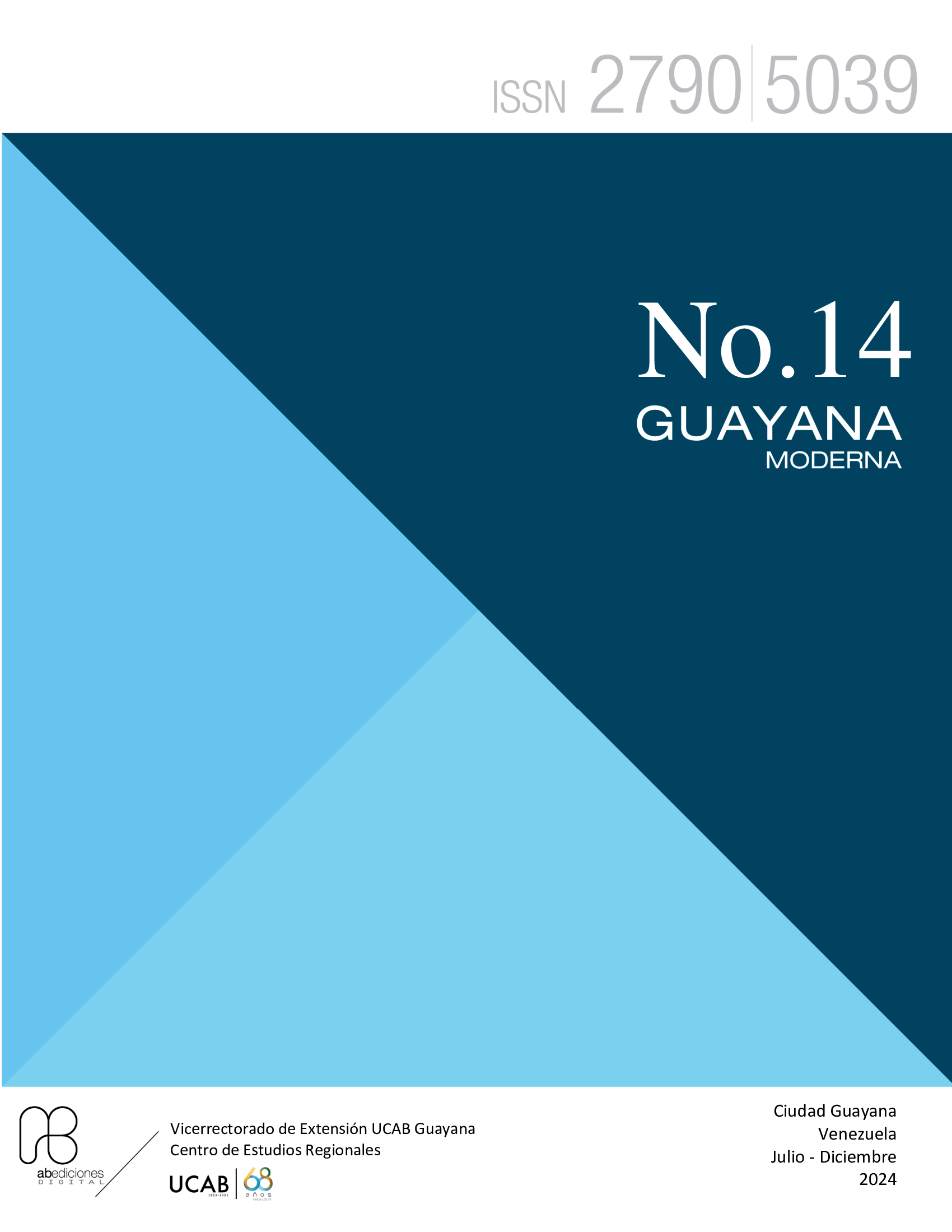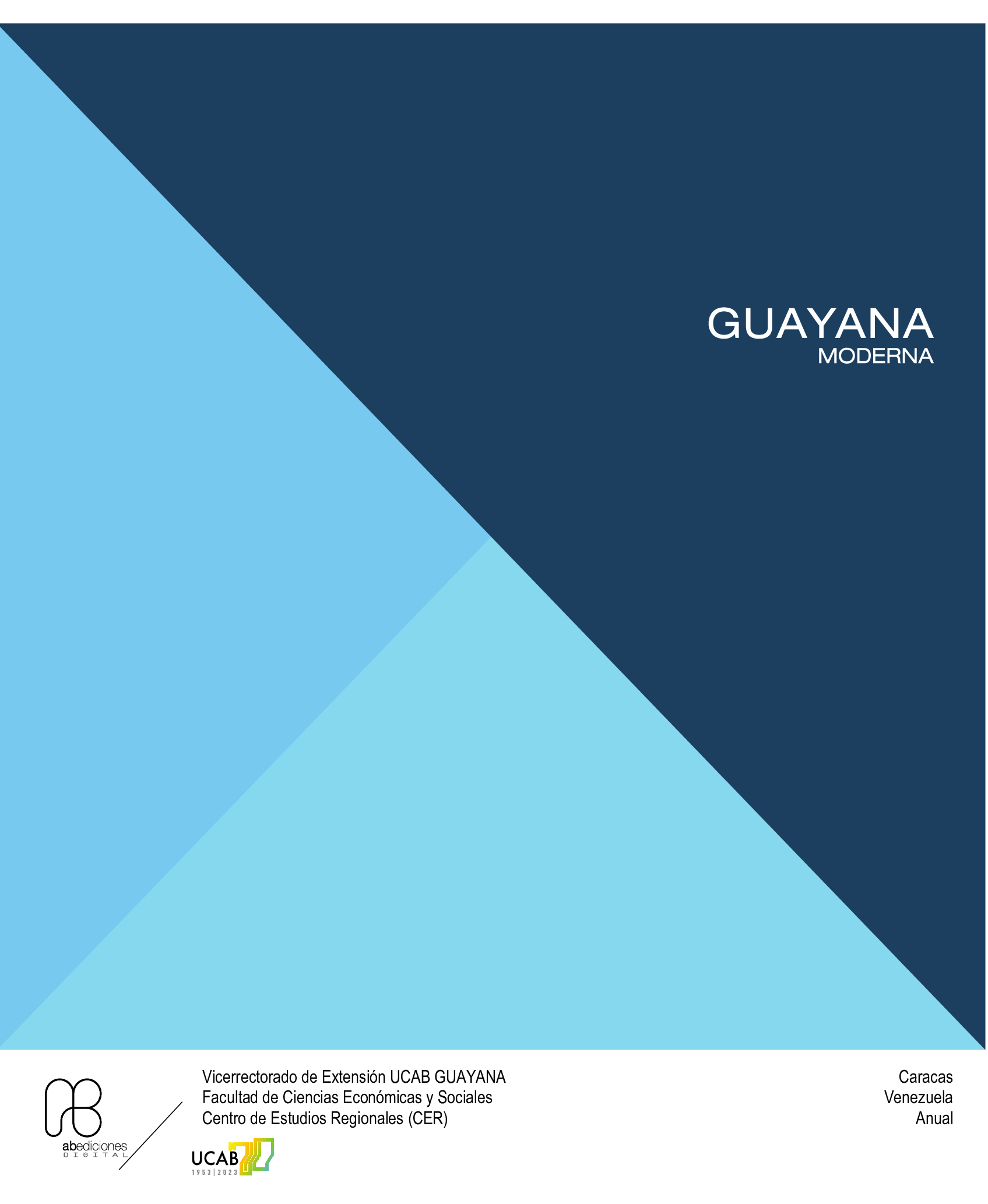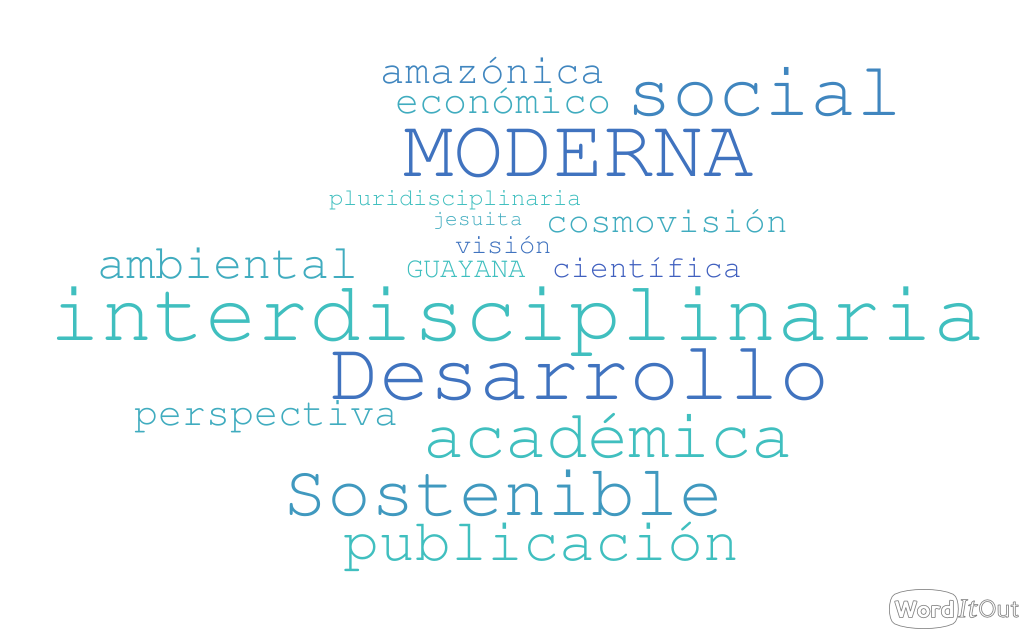"(Las) ruinas circulares", an intermediate reading of Borges' short story of the same name: transposition procedures and stylistic and discursive transformations
DOI:
https://doi.org/10.1234/gm.v13i14.6616Keywords:
Borges, Theater, The circular ruins, intermedialityAbstract
In Sculpt in Time, Tarkovsky reflects on the futility of adapting a literary classic to film, arguing, rightly, that the result can never surpass the original source in quality. Today's comparatist practice, on the other hand, transfers the emphasis to another dimension: it is interested in observing how a literary work can be transposed to other reading devices while recreating, expanding and establishing bold and diverse discursive strategies in which the reader metamorphoses. in public, for example, and the creator establishes links between various artistic media that incorporate the literary. The play “Circular Ruins”, thus, is shown as a hypertext constructed by Carlos Franco and Giuseppe Grasso. The first in his capacity as playwright, producer and actor; the second as stage director, both recreators of the story “The Ruins
circulars” by Borges.








